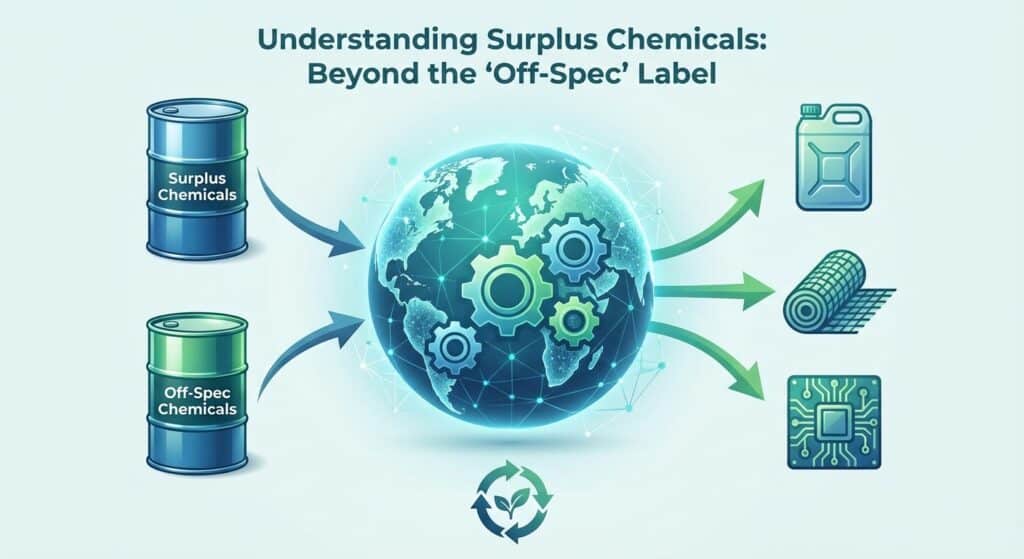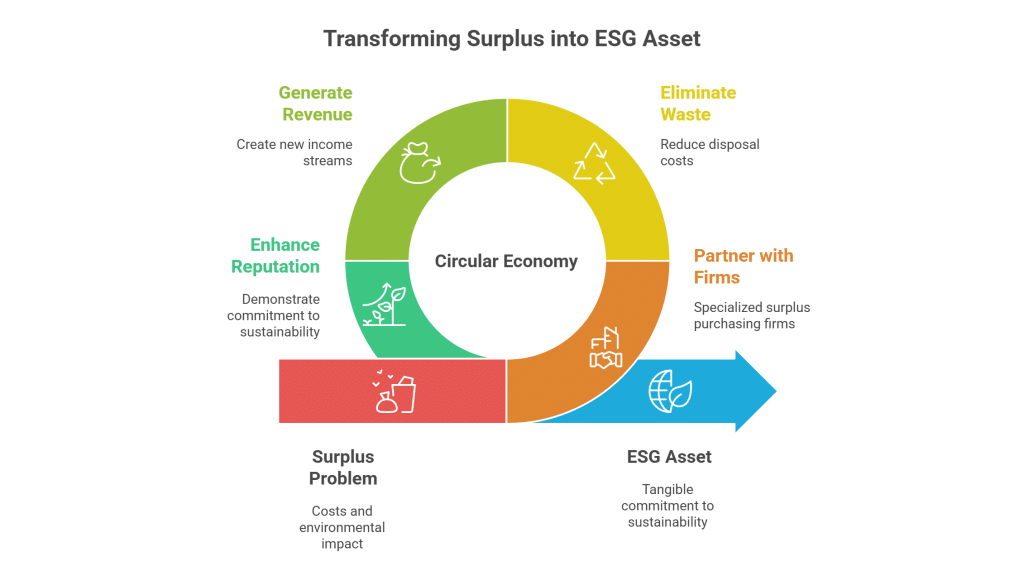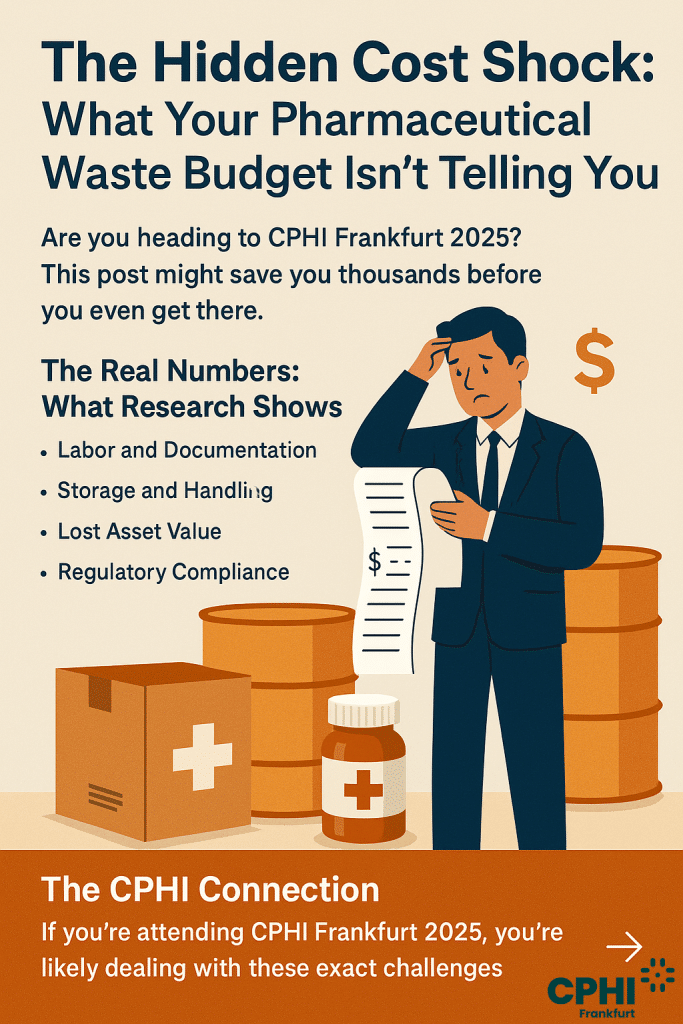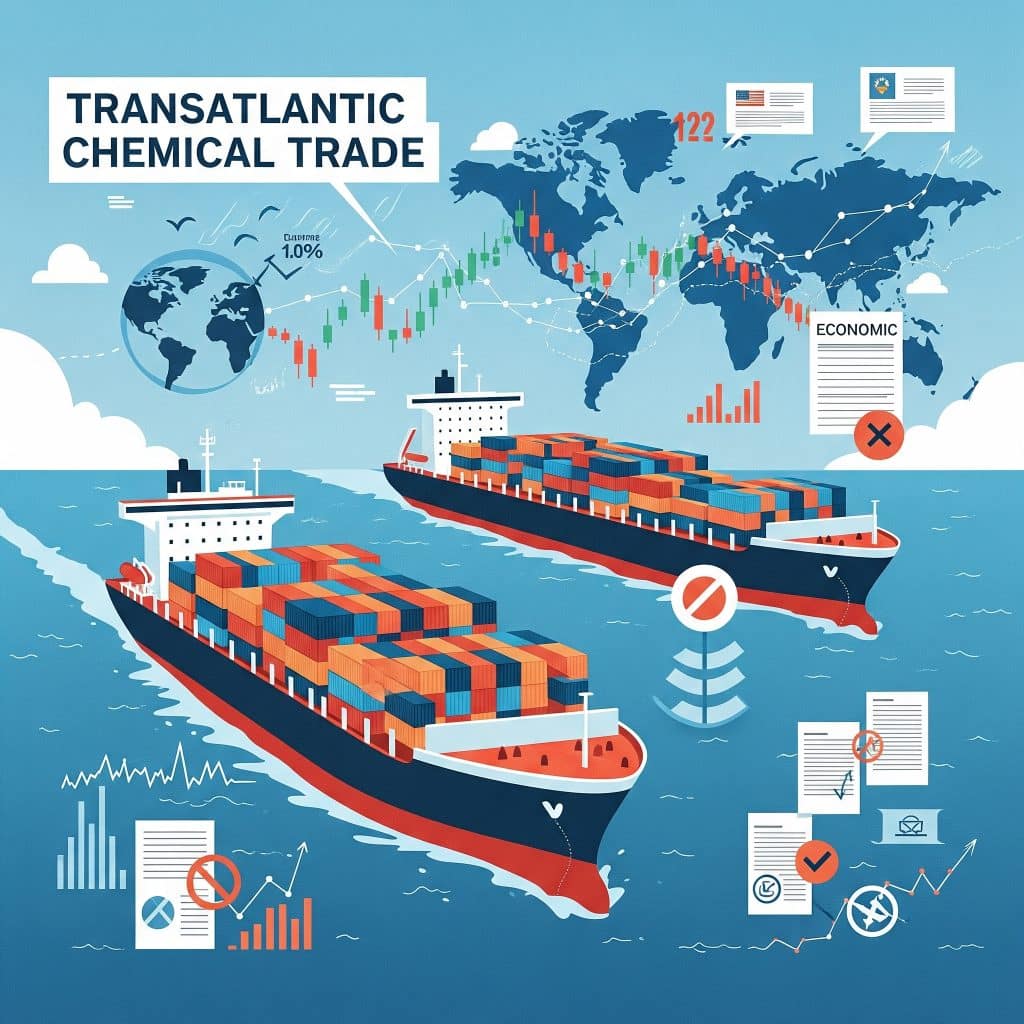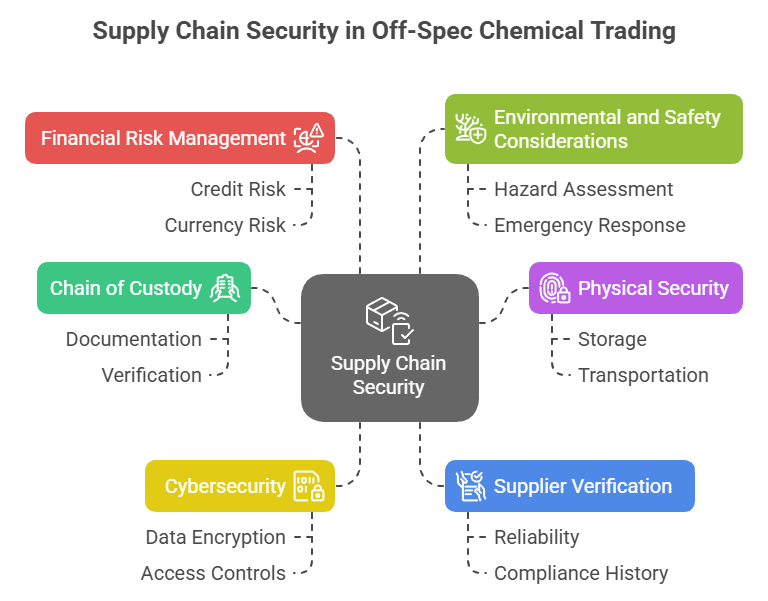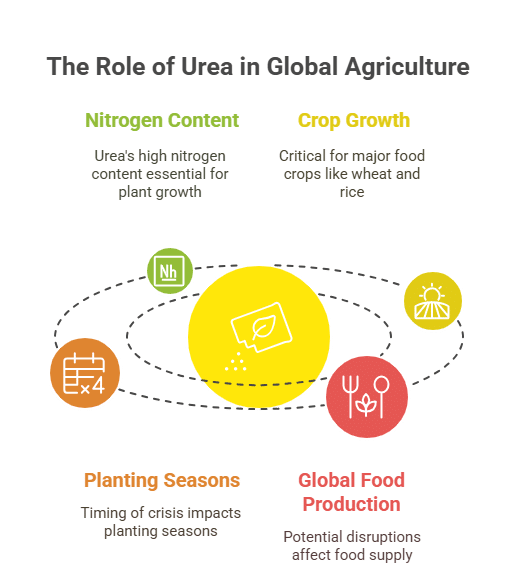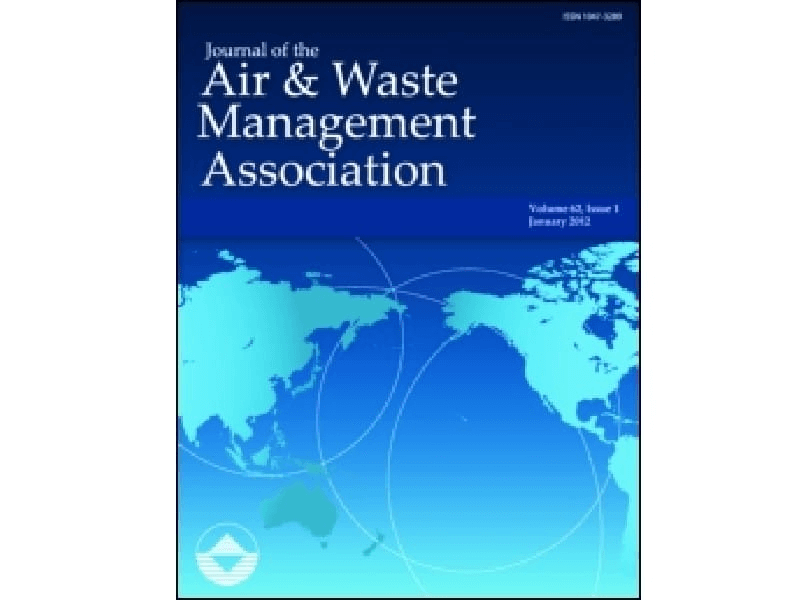Maximize Value from Excess Pregelatinized Starch in Food & Pharma
Pregelatinized Starch Surplus Trading in Food & Pharma – Optimize Cost Recovery & Sustainability
Pregelatinized Starch Applications in Food & Pharma Industries
Table of Contents
Success Story: Turning Excess Pregelatinized Starch into Profit
A leading food manufacturing firm recently faced mounting challenges due to surplus pregelatinized starch that was straining their storage capacity and impacting financial liquidity. By engaging with a surplus trading platform, the company was able to offload its overstock at competitive market prices. This not only alleviated storage issues but also turned an idle asset into immediate revenue. The funds recovered were reinvested to upgrade production facilities, and the entire process underscored the environmental benefits of reducing waste by scientifically repurposing specialty chemicals in new production cycles. The company's operations became more streamlined, reflecting improved efficiency and sustainability in both its food and pharmaceutical product lines.


